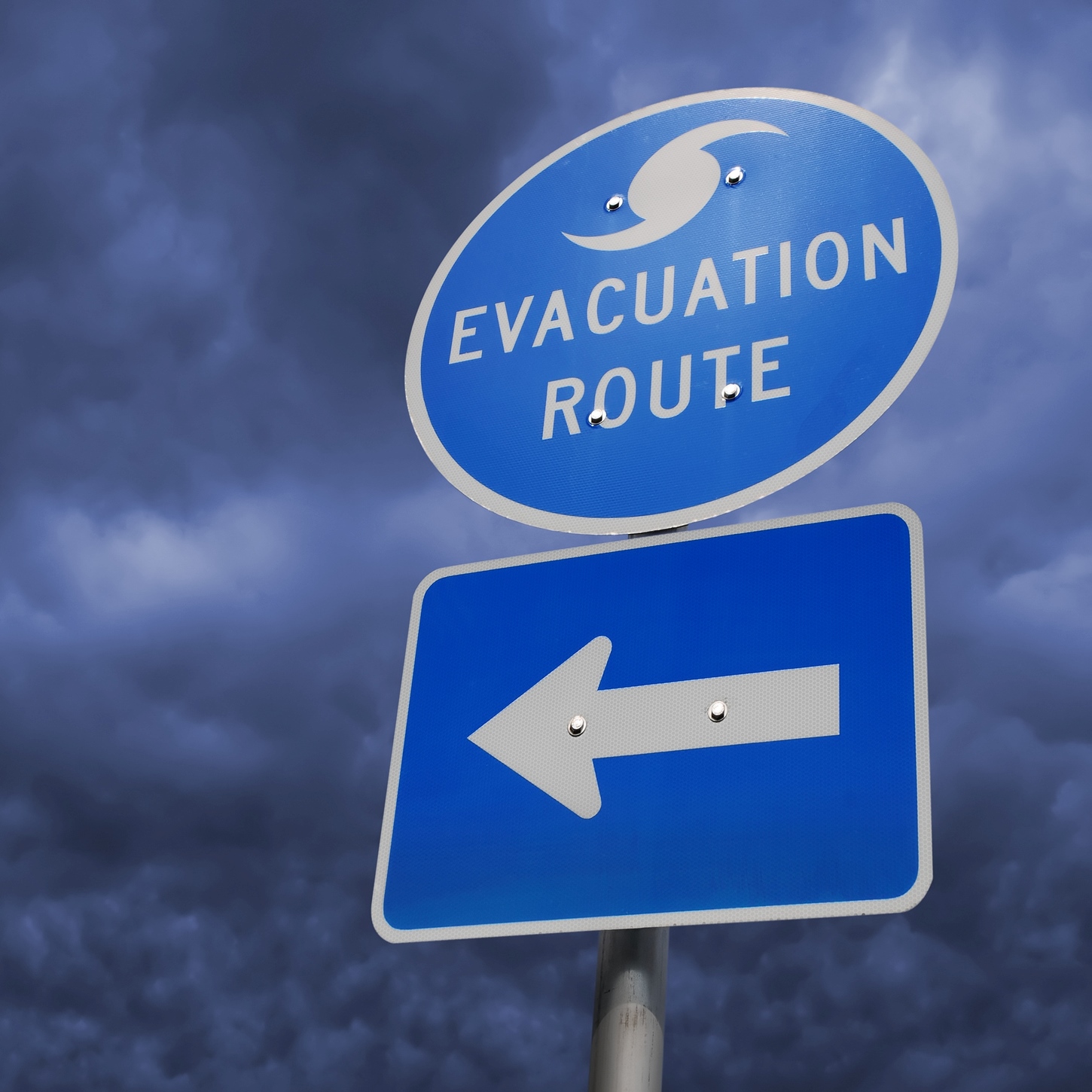Housing
7 Million Homes Along Coasts at Risk for Storm Damage

Published:
Last Updated:

About 6.9 million homes along the Gulf and Atlantic Coasts are at risk for storm surge damage, with a potential estimated reconstruction cost value of $1.5 trillion, according to an analysis from CoreLogic.
CoreLogic’s analysis covers 19 states along the Gulf and Atlantic coasts susceptible to storm surge damage. It does not include Pacific basin storms because of the relatively low impact these events typically have on properties along the coasts of Hawaii, California, Oregon and Washington.
Factors such as the length of a state’s coastline, coastal elevation and the density of residential development all combine to determine the susceptibility of an area to flooding from storm surge, the CoreLogic report said.
Reconstruction cost value (RCV) is calculated based on total, or 100%, destruction of the residential structure using the combined cost of construction materials as well as equipment and labor costs, but it does not include the value of the land on which the property is located.
Florida ranks first in at-risk homes in all risk areas (extreme, very high, high, moderate and low) with 2.7 million homes, as well as in all those categories in reconstruction value. Louisiana, Texas, New Jersey and New York round out the top five.
Length of coastline is one reason a state may have a high number of homes at risk of storm surge, but it is not the only reason. States such as Louisiana, which has 800,000 homes at risk, and New Jersey, fourth with almost 470,000 homes at risk, have geographic characteristics that make them susceptible to storm surge.
Both states have elevations near the shore that tend to be lower, providing the storm surge easier inland access and enabling the flood water to carry farther from the coast. Both states have been ravaged by significant storm events within the past 15 years: Louisiana was devastated by Hurricane Katrina in 2005, and New Jersey was punished by Superstorm Sandy in 2012.
Based on the potential for flooding farther inland, Louisiana ranks second with an RCV of almost $181 billion, and New Jersey ranks fourth at $140 billion.
The only other state that ranks in the top five in number of homes at risk and RCV is New York. While New York is not as frequently lashed by hurricanes and storm surge, its population density makes it vulnerable. New York ranks fifth in the number of homes at risk (460,000) and third in RCV ($180 billion).
The Miami metropolitan area has the most homes at risk for storm surge (784,773), followed by New York; Tampa, Florida; New Orleans; and Virginia Beach, Virginia. Six of the top 15 metropolitan at-risk areas are in Florida. New York homes have by far the highest RCV, at a total of $264.3 billion.
CoreLogic reminds readers that the storm of the century is occurring more frequently. According to the National Oceanic and Atmospheric Administration, these storms that hit U.S. coasts within the past 12 years top the list as the four costliest in U.S. history, with recorded losses in the tens of billions of dollars: Hurricane Katrina in Louisiana and Mississippi and Hurricane Wilma in Florida in 2005; Hurricane Ike in Texas in 2008; and Hurricane Sandy in New York and New Jersey in 2012.
There were 15 named storms in 2016, which CoreLogic said was above the 30-year average. The company believes storm activity will be less intense in 2017.
See the full CoreLogic report for more detail.
The average American spends $17,274 on debit cards a year, and it’s a HUGE mistake. First, debit cards don’t have the same fraud protections as credit cards. Once your money is gone, it’s gone. But more importantly you can actually get something back from this spending every time you swipe.
Issuers are handing out wild bonuses right now. With some you can earn up to 5% back on every purchase. That’s like getting a 5% discount on everything you buy!
Our top pick is kind of hard to imagine. Not only does it pay up to 5% back, it also includes a $200 cash back reward in the first six months, a 0% intro APR, and…. $0 annual fee. It’s quite literally free money for any one that uses a card regularly. Click here to learn more!
Flywheel Publishing has partnered with CardRatings to provide coverage of credit card products. Flywheel Publishing and CardRatings may receive a commission from card issuers.
Thank you for reading! Have some feedback for us?
Contact the 24/7 Wall St. editorial team.